Description
Large areas of many developing countries have no grid electricity. This is a serious challenge that threatens the continuity of the vaccine cold chain. The main alternatives to electrically powered refrigerators available for many years—kerosene- and gas-driven refrigerators—are plagued by problems with gas supply interruptions, low efficiency, poor temperature control, and frequent maintenance needs. There are currently no kerosene- or gas-driven refrigerators that qualify under the minimum standards established by the World Health Organization (WHO) Performance, Quality, and Safety (PQS) system. Solar refrigeration was a promising development in the early 1980s, providing an alternative to absorption technology to meet cold chain needs in remote areas. Devices generally had strong laboratory performance data; however, experience in the field over the years has been mixed. Traditional solar refrigerators relied on relatively expensive battery systems, which have demonstrated short lives compared to the refrigerator. There are now alternatives to the battery-based systems and a clear understanding that solar refrigerator systems need to be designed, installed, and maintained by technicians with the necessary knowledge and training. Thus, the technology is now poised to be the refrigeration method of choice for the cold chain in areas with no electricity or extremely unreliable electricity (less than 4 h per average day) and sufficient sunlight. This paper highlights some lessons learned with solar-powered refrigeration, and discusses some critical factors for successful introduction of solar units into immunization programs in the future including:
- Sustainable financing mechanisms and incentives for health workers and technicians are in place to support long-term maintenance, repair, and replacement parts.
- System design is carried out by qualified solar refrigerator professionals taking into account the conditions at installation sites.
- Installation and repair are conducted by well-trained technicians.
- Temperature performance is continuously monitored and protocols are in place to act on data that indicate problems.
HIGHLIGHTS
- The first generation of solar refrigeration systems was designed to store energy in batteries to maintain refrigeration during the night and on days with reduced sunlight.
- A majority of published reports on solar-powered vaccine refrigerator failure have involved the battery system .
- This reliance on costly, special-purpose, imported batteries that often have a service life of five years or less has presented a major parts replacement problem for countries.
BLOCK DIAGRAM
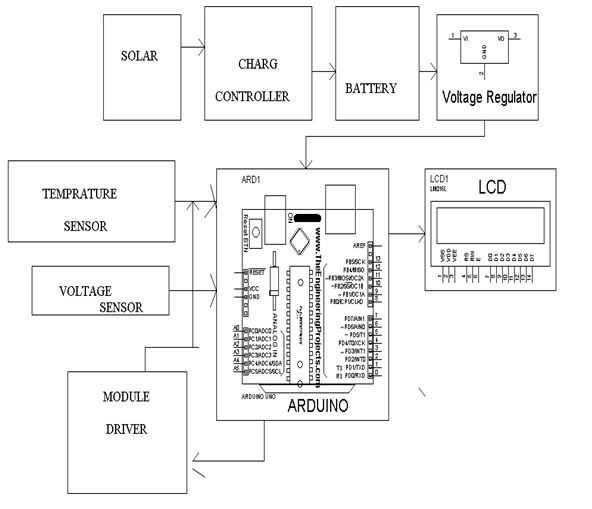
HARDWARE REQUIREMENTS
- regulator
- Arduino
- LCD
- Solar
- Charge controller
- Battery
- Module driver
- Voltage sensor
- Temperature sensor
SOFTWARE REQUIREMENTS
- Arduino IDE
- Eagle

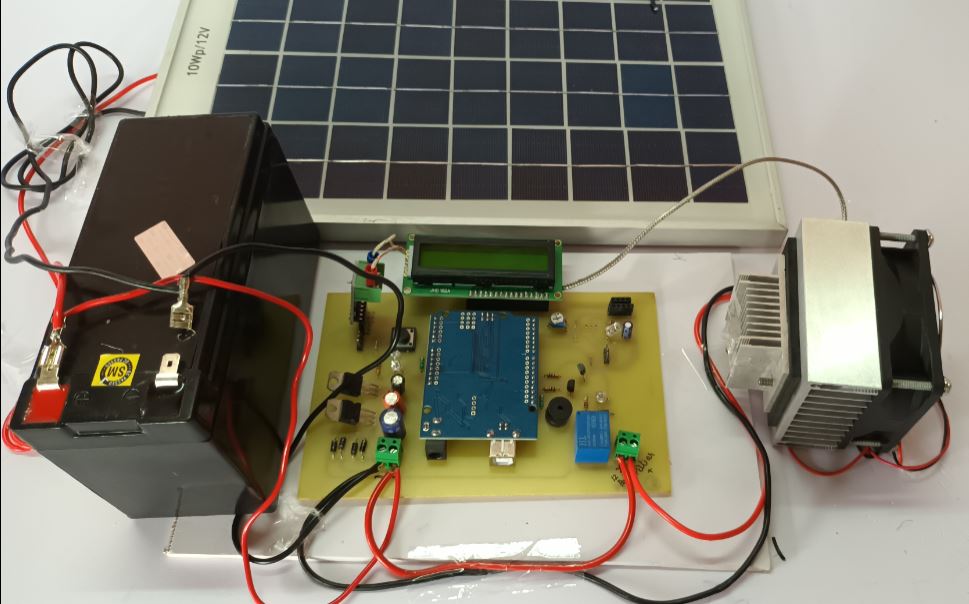






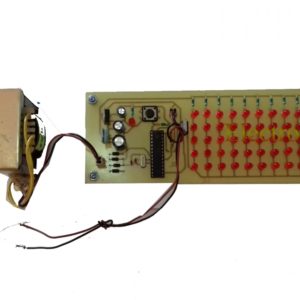
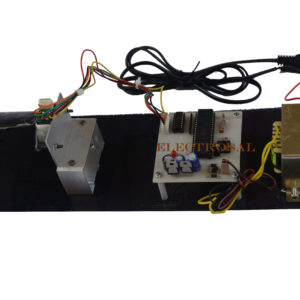
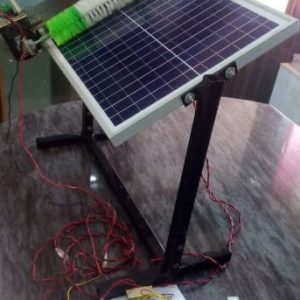

Sarika Jadhav –
Good
Anuradha kamete –
It is best online service where can purchase documentation. It is very helpful for students to gain more practical knowledge.
Abhishek Pannkaj –
A Good platform for engineering projects. Timely delivery also